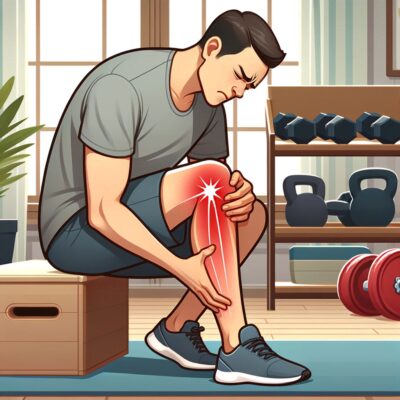Today we have a special guest post from Dr. Kelly Henry. Dr. Henry is the clinic director and a sports physical therapist in our McLean facility. Enjoy!
“I’m sore – I shouldn’t train, right?”
As sports physical therapists and performance coaches, we frequently encounter this question, especially when people begin a new exercise regimen or return to activity after a break. Delayed Onset Muscle Soreness (DOMS) often accompanies these transitions, typically appearing 24-48 hours after activity.
Muscles ache, movement becomes uncomfortable, and tightness sets in. Despite the discomfort, DOMS is usually not a cause for concern. It’s simply a side effect of the muscle breakdown and the repair process that facilitates adaptation to exercise.
You obviously shouldn’t be training if you are sore right? Wrong! Training through DOMS offers several benefits:
- Improved adaptation: Exercising in a fatigued state prompts muscles to adapt, leading to enhanced strength and endurance over time.
- Temporary symptom relief: Exercise often temporarily alleviates DOMS symptoms as muscles warm up and blood flow increases, aiding in the repair process.
- Enhanced recovery: Regular training can make muscles more resilient, reducing the frequency and duration of soreness and allowing for better adaptation to increased workloads.
However, rest days remain crucial. How sore is too sore? Here are some guidelines:
- Does soreness diminish after your typical warm-up?
-
- If yes, proceed with your planned workout.
-
- If no, consider Active Recovery (low-intensity aerobic activity) or reducing training intensity.
- If soreness persists after 10 minutes of Active Recovery, take a rest day.
If soreness is severe or persistent, or if you struggle to exercise without experiencing significant discomfort, it may be wise to seek additional assessment. Your sports physical therapist can evaluate your level of soreness to determine its root cause, adjust your exercise program to minimize discomfort, and ensure it aligns with your goals and capabilities.
